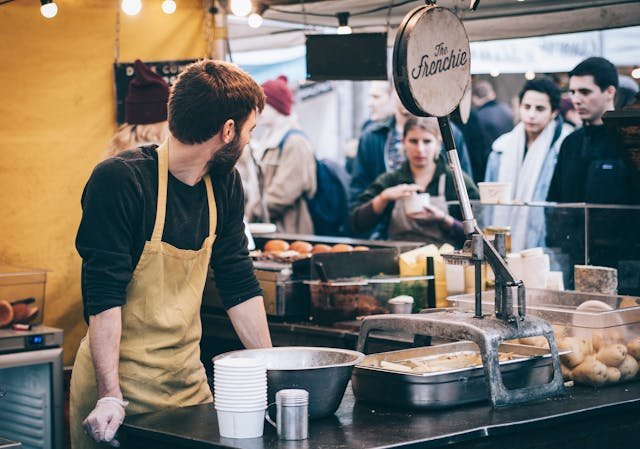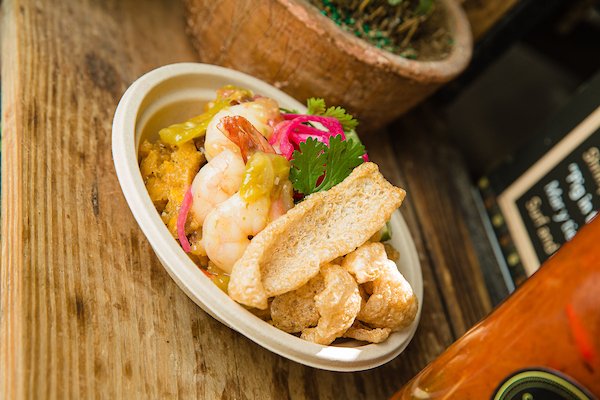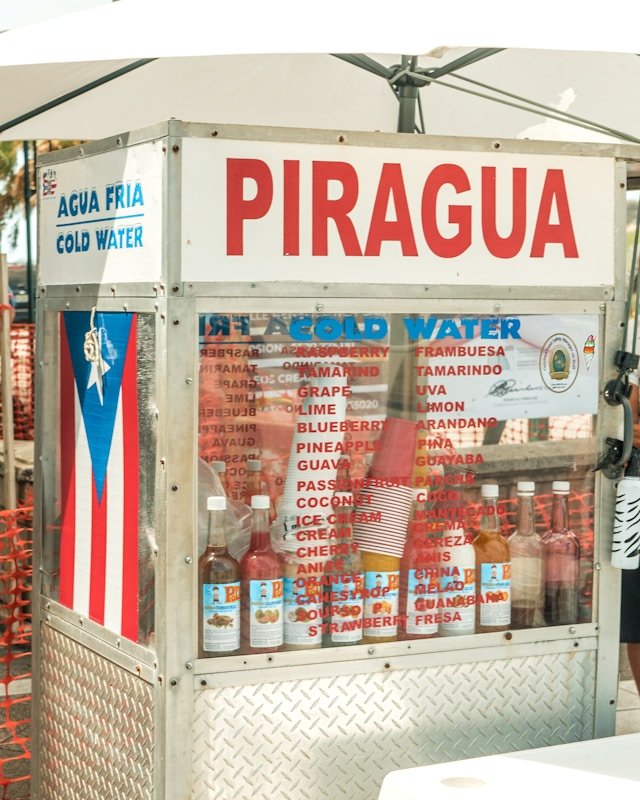
When we think about what makes a local kitchen successful, the first things that come to mind are usually the flavors, the recipes, and maybe the chef behind the dishes. But behind every amazing plate of mofongo or lechón asado, there’s a quiet network of tools, systems, and small decisions that keep everything running like clockwork. For many Puerto Rican kitchens—whether they’re nestled in urban neighborhoods or rolling on four wheels—it’s these lesser-known details that make the real difference.
More Than Just the Stove
Yes, the heart of every kitchen is the stove. But beyond that, what really helps a kitchen stand out and succeed are the behind-the-scenes tools that most customers never see. The pots, prep tables, knives, and storage solutions matter. So does the way ingredients are ordered, stored, and rotated. These tools allow for consistency, cleanliness, and speed—all essential in any bustling kitchen.
The less glamorous side of running a kitchen involves plenty of logistics. Sourcing quality ingredients at fair prices, managing waste, maintaining equipment, and ensuring food safety compliance—it’s a daily grind that most diners don’t notice, but it’s what keeps their favorite meals tasting just right every time.
Storage and Organization
Ask any seasoned kitchen worker, and they’ll tell you: storage is everything. Whether you’re working out of a food truck, a small café, or a family-owned restaurant, smart organization makes or breaks the flow.
Fridge space has to be maximized. Dry goods need to be accessible. And cleaning supplies? They must be kept separate but close enough for quick use. Clutter in a kitchen doesn’t just slow things down—it increases the risk of contamination and accidents.
That’s why investing in stackable containers, labels, shelves, and even magnetic knife strips can be game changers. Small improvements in layout and storage often save hours every week.
Don’t Forget What’s Outside the Kitchen
Local kitchens don’t stop at the back door. For mobile kitchens, in particular, keeping the exterior gear protected is just as critical. Many food trucks double as storage units, which means the outside is often holding generators, propane tanks, or even dry goods overnight.
Using protective gear like durable truck covers is a smart move. Not only does it keep your vehicle looking professional, but it also shields vital equipment from rain, UV rays, and grime. Especially in Puerto Rico, where the weather can switch from sun to storm in minutes, a sturdy cover extends the lifespan of your business on wheels.
The Power of Reliable Delivery and Sourcing
No kitchen can run without reliable ingredients. Local chefs often partner with neighborhood markets or direct farm suppliers. But even then, you need dependable systems to track inventory and reorder on time.
With the cost of ingredients always shifting, staying on top of what’s coming in and going out matters more than ever. According to the U.S. Bureau of Labor Statistics, food prices increased by 5.8% in 2023 alone, with certain staples seeing even sharper spikes.
This makes software tools that monitor food usage, spoilage, and portion sizes incredibly valuable. Wasting less means saving more—a necessity in lean times.
Small Details, Big Results
A successful kitchen doesn’t just serve good food—it builds trust. And trust is built through consistency, cleanliness, and care. These aren’t glamorous things, but they’re made possible by the right tools.
From the chef who sharpens her knives religiously to the dishwasher who keeps the station spotless, every person—and every tool—plays a part. Even the way receipts are organized, or how late orders are handled, contributes to the vibe customers feel when they walk in.
Unexpected Tools That Matter
Here’s a surprise—some tools that support local kitchens don’t even belong in the kitchen. Community and branding play a huge role, especially when competition is fierce. Having a strong local presence means showing up in unexpected ways.
Some successful kitchen owners build their identity not just through food, but through storytelling. One creative example? Partnering with a yearbook creation company to document the evolution of the kitchen, showcase customer memories, or celebrate staff milestones. A printed or digital yearbook can help build customer loyalty and create a sense of community.
Here are a few other “non-kitchen” tools that have helped real kitchens grow:
- Social media scheduling apps to stay visible online
- Loyalty punch cards printed in bulk for customer retention
- Quick photo-editing tools to post mouthwatering pictures
- Custom aprons and merch that promote the brand
- Mobile payment systems that speed up checkout and tips
These extras may seem small, but they shape the full experience your customers remember and talk about.
Final Thoughts
Every local kitchen has its secret recipe. But the real secret isn’t just what’s in the sauce—it’s how the whole place is run. From practical tools like truck covers to thoughtful touches like community yearbooks, the most successful kitchens think beyond the pan.
They organize, adapt, and innovate behind the scenes. So the next time you bite into your favorite local dish, remember—it’s the little things, the hidden tools, that make the magic possible.



